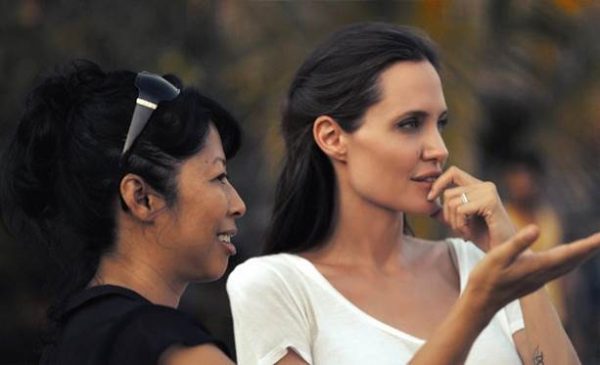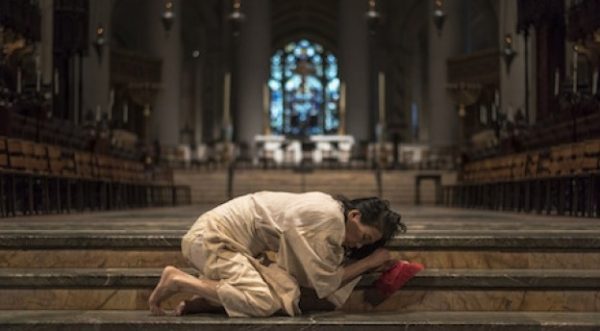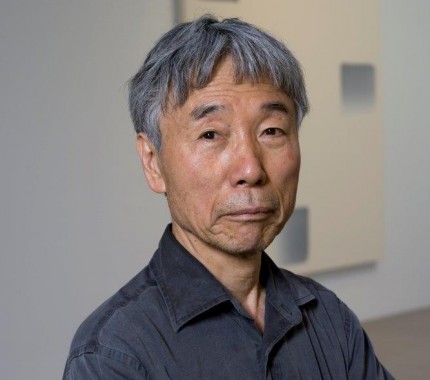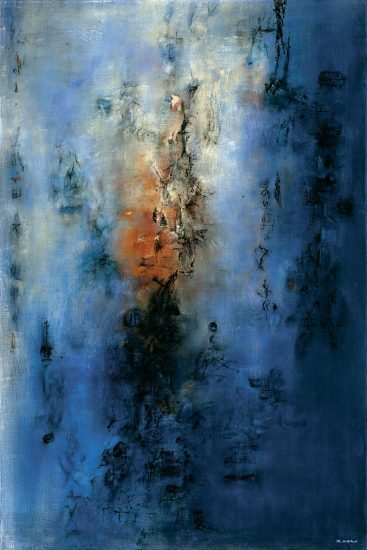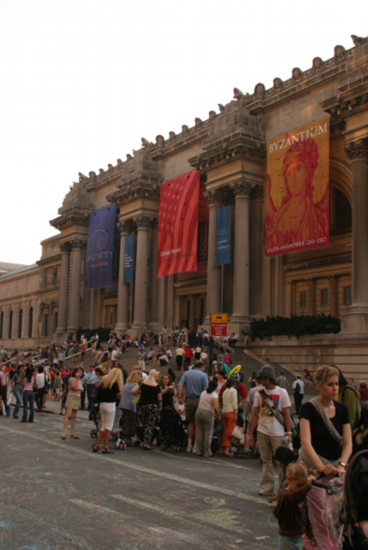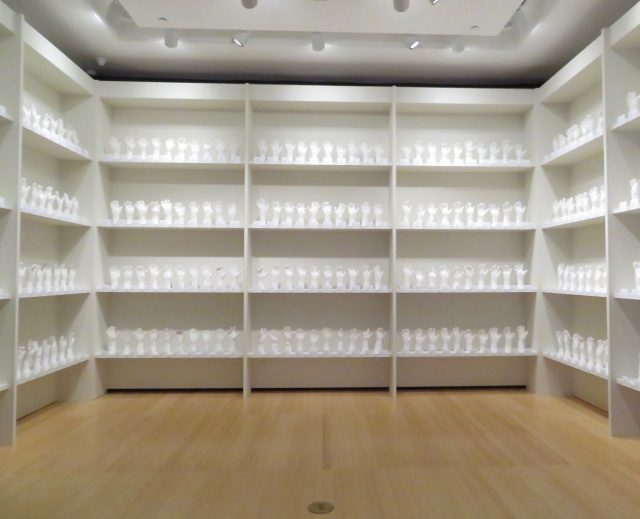
Htein Lin’s “A Show of Hands” documents the plight of hundreds of political prisoners in Myanmar (photo by twi-ny/mdr)
Asia Society Museum
725 Park Ave. at 70th St.
Tuesday – Sunday through January 21, $7-$12 (free Friday nights from 6:00 to 9:00)
212-288-6400
asiasociety.org
There is nothing subtle about “After Darkness: Southeast Asian Art in the Wake of History,” an intense exhibition continuing through January 21 at Asia Society. The seven artists and one collective in the show — who hail from Indonesia, Myanmar, and Vietnam, three nations that have undergone major sociopolitical transformations since WWII — are angry, and they want everyone to know it. “The featured artists have worked within challenging environments, which have included periods of violence and uncertainty, to create artworks that represent their most ardent aspirations for their home countries,” Asia Society president and CEO Josette Sheeran writes in her foreword to the expansive catalog. In “Destruction,” Indonesian artist FX Harsono turns himself into Ravana, the Demon King from the epic Indian poem Ramayana, and uses a chainsaw to cut up chairs to protest voter fraud, while in “Burned Victims” he sets fire to nine wooden torsos to raise awareness about nine innocent people who died in a mall fire during a riot; the charred remains are lined up along the floor of the gallery. Vietnamese artist Dinh Q. Lê evokes Chinese handscrolls in “WTC from Four Perspectives,” four long, stretched images of the fall of the Twin Towers, now turned into abstract colors and shapes. In “Relevancy of Restricted Things,” Myanmar’s Nge Lay wears a mask and dresses up as her father, who died when she was a teenager, and takes photographs of other families who have lost the patriarch, with Lay taking his place. She also stages her own death in “Observing of Self Being Dead.” Vietnamese artist Nguyen Thi Thanh Mai asked refugees in Cambodia and Vietnam to choose a stock background of an idyllic location, then had a traveling photographer take a picture of them as if they were there; the photos were then arranged on the walls of a hut made from coconut and eucalyptus leaves.
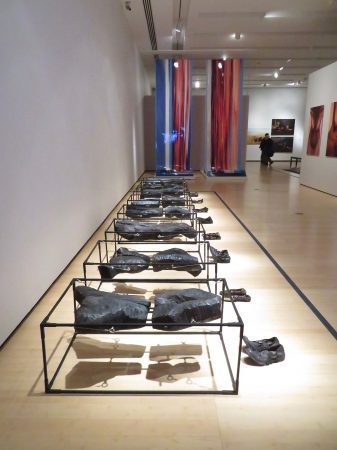
FX Harsono’s “Burned Victims” leads to Dinh Q. Lê’s “WTC from Four Perspectives” (photo by twi-ny/mdr)
The Propeller Group, founded by Matt Lucero, Tuan Andrew Nguyen, and Phunam Thuc Ha, uses time-delay video to watch a motorcycle being stripped down by thieves in The Dream, while in the two-channel video The Guerrillas of Cu Chi, tourists pay a dollar to shoot M-16s and AK-47s from the Vietnam War where underground tunnels were used by the Viet Cong to kill American troops; across the way, a propaganda film promotes the Cu Chi Guerrillas. In Chinese Indonesian Tintin Wulia’s Everything’s OK, her camera moves across a Styrofoam city where money rains down and overcrowding takes over, while opportunity knocks in Ketok and fangs emerge from imported fruit in Violence Against Fruits, about the treatment of minority groups. Indonesian photographer Angki Purbandono spoofs fashion shoots in “Beyond Versace.” And Htein Lin gets his own room for “A Show of Hands,” multiple shelves of plaster of Paris casts of hands of political prisoners in Myanmar, creating an almost blindingly white effect, each hand tagged with a label detailing the person’s name and time spent in which jail. In addition, Harsono’s Writing in the Rain video, in which the artist continues writing his name in black ink on a window as water comes down and washes his identity away, is this month’s “Midnight Moment” selection, being projected on electronic billboards in Times Square throughout January from 11:57 pm to midnight. The exhibition is a kind-of follow-up to 1996’s “Contemporary Art in Asia: Traditions/Tensions,” which was held simultaneously at NYU’s Grey Art Gallery, the Queens Museum, and Asia Society and introduced artists from India, Indonesia, the Philippines, South Korea, and Thailand. But “After Darkness” takes it to the next level, focusing on artists’ reactions to dramatic changes in three nations. In his downstairs lobby installation, FX Harsono’s “Blank Spot on My TV” consists of twenty digital prints of news conferences in which the artist has placed a white circle on a politician’s face, primarily covering the speaker’s mouth, as if what is coming out is meaningless. Meanwhile, “After Darkness” celebrates artists who are not about to be silenced.
